What happened?
A US Navy’s RQ-4A spy drone flew from a US base in the Persian Gulf region at 00:14 a.m., June 20, 2019. The drone went ahead with its mission of gathering intelligence in the region but while returning, violated Iranian airspace and was brought down by IRGC’s air defense at 4:05 a.m. near Kouh-e Mobarak region — which sits in the central district of Jask County – around Hormuz Strait.
In a statement, IRGC announced that the drone had turned off its transponder and ignored multiple warnings of the Iranian air defense.
What were early reactions?
US military rushed to condemn the downing, claiming that the drone had been in international airspace when Iran shot it down.
Hours after the incident, the US military confirmed that one of its drones had been shot, claiming that the incident took place in international airspace. Navy Captain Bill Urban, a spokesman for the US military's Central Command, also alleged that it was " an unprovoked attack.”
Iran, however, highlighted that the drone had actually entered its airspace. Foreign Minister Zarif took to Twitter to voice full support for IRGC’s act in defending the country’s borders. “We don't seek war, but will zealously defend our skies, land & waters,” he stressed.
Later Iranian lawmakers issued a statement, praising the downing of the intruding spy drone, noting that the act “broke down the equations of its psychological warfare; no other aggressive flying object will be able to enter the Iranian sky."
Commenting on the operation, Major General Hossein Salami, the IRGC’s chief commander, said that “At dawn today, the IRGC’s Air Force bravely downed a US spy drone, which had intruded our border, violating our national security. This is how the Iranian nation deals with its enemies.”
The IRGC’s chief said Iranian frontiers are “our red line,” and that the downing of the American drone sent a “transparent and firm message” that the defenders of Iranian borders would react to any act of aggression by any outsider with a “decisive and final” strike.
Meanwhile, IRGC Aerospace Force Brigadier General Amir Ali Hajizadeh noted that there had been a Boeing P-8 Poseidon manned aircraft, with more than 35 people on board, accompanying the RQ-4A but Iranian forces have refrained from shooting it down. This was later confirmed by US President Donald Trump who also appreciated Iranian forces for not targeting the manned plane.
Western media reports claimed that US had been ready to retaliate IRGC’s measure by targeting some air defense bases in Iran but Donald Trump had canceled the attack some 10 minutes before it was launched. Trump implied that it was not fair to kill more than 150 Iranians for an unmanned drone, however, some experts believed that the US was much worried about a war with Iran that could be way more catastrophic for US forces than those in Iraq and Afghanistan.
How Iran proved its word?
One day after the incident, Iran retrieved sections of the downed drone from its territorial waters which proved that the UAV had been flying in Iran’s airspace.
He went on to say that sections of the drone were afloat on Iran’s territorial waters and Iranian forces collected them after the drone was shot down, and then sent the debris Tehran, Hajizadeh said on June 21.
In early February, IRGC revealed part of the retrieved sections of RQ-4A:
On the sidelines of the event, Hajizadeh said that IRGC now enjoys full familiarity with the codes and frequencies of the drone. “Americans should draw a red line for using this drone against Iran because we are now familiar with all its codes and frequencies; meaning that we can deactivate it not from a 100km distance, but from thousands of kilometers away, from Tehran,” he said.
What was the missile system that downed the US drone?
IRGC announced that the system that launched a missile towards the US spy drone was the home-made Khordad 3 system.
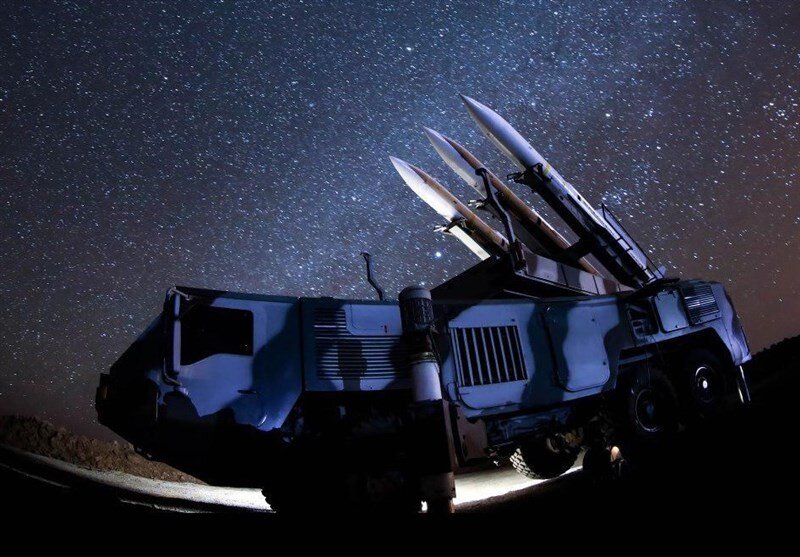
Khordad 3 is a domestic Iranian design which was first unveiled in 2014. Equipped with a powerful phased array radar, the system can engage up to four targets at the same time and fire a total of eight missiles at them.
The system has an operational range of between 50 and 75 kilometers and can intercept airborne targets as high as 25 to 30 kilometers.
Despite years of sanctions against its defense sector, Iran has managed to take big steps in fulfilling its own needs and creating what is required to defend the country against hostile measures.
What were the messages?
The news acted like a bomb last year with almost all major media outlets across the world talking about it and providing analysis. The point that in all analyses was evident was that Iran’s defense capabilities cannot be underestimated.
To shed more light on the messages of the incident one year on, we reached out to two Iranian political commentators, Foad Izadi and Mohammad Marandi.
“The message was clear to the Americans that Iran has the capability of defending itself and the will to use that capability,” Izadi, a professor at the University of Tehran, said.
“And a lot of people in Washington were doubtful on both accounts; some people thought Iran is not able to for example shoot down a sophisticated American drone and some people believed Iran is capable of doing it but will not do so,” he added.
The clear message, he continued is that “attacking Iran will have clear consequences to the Americans and the end result is that Iran will hold the US government responsible for any attacks on Iran and will respond severely.”
“I think it’s pretty clear that the Iranians downed the drone because it was violating Iranian airspace so sending a message to the United States that Iran will vigorously protect its borders and that the United States must keep a distance and that they should recognize that Iran sees exactly what they are doing and has the capability to deter US aggression,” Marandi, a professor at the University of Tehran, told Mehr News Agency.
“In addition to that, the downing of the drone also revealed that Iran has its own surface to air missile technology that is capable of downing the most advanced American aircraft,” he said, adding that “The missile that was used was made in Iran by Iranian experts and used by Iranian military officers to bring down the drone.”
“So it shows the degree of Iranian’s sophistication as well, and the fact that despite sanctions, Iran is able to produce highly sophisticated weapons that protected even from the most advanced American military capabilities.”
“I think that that was a major blow to the Americans not because of the drone itself considering the fact that it was very expensive, but also it showed the limitation to the American power and that the Americans would not be able to carry out any significant strike against Iran without being badly hurt in the process,” noted the analyst.
Increased tensions with Iran
The anniversary of the drone incident comes as US has not yet stopped its tension-building behavior and measures. Washington is continuing what Iran calls economic terrorism with severe unilateral sanctions against Tehran in defiance of international law while the international community is not taking any practical action against this unilateralism.
Meanwhile, the US also assassinated Lieutenant General Ghasem Soleimani in January and received a firm response some days later when Iranian missiles hit Ain Asad base in Iraq. The answer was again proof that Iran is capable of answering hostile measures but at the same time, does not seek war.
Reporting and interview by Mohammad Ali Haqshenas


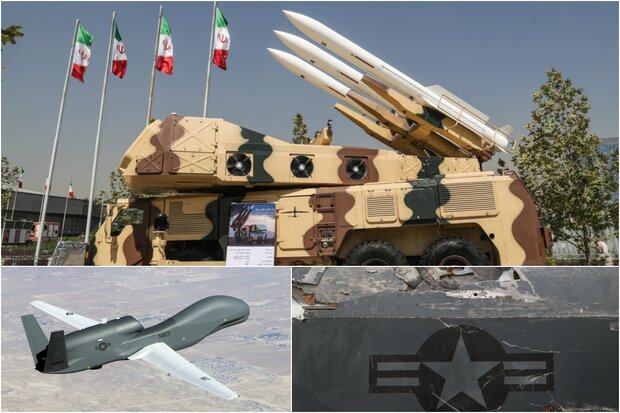












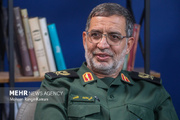
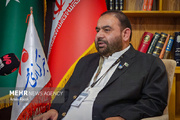







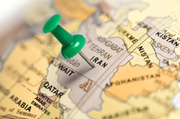


Your Comment